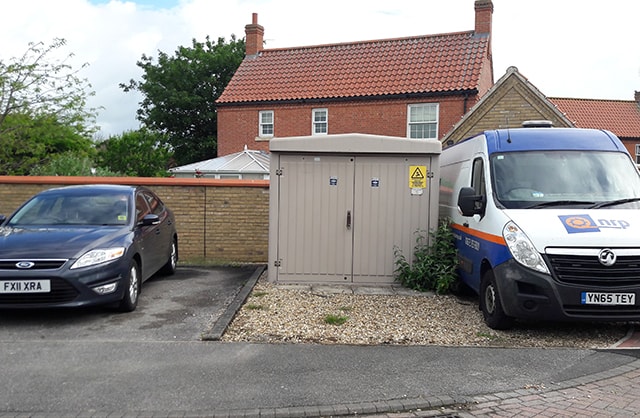Contaminated Land
The law of the land is that ‘any site that has the potential to be contaminated from past or current use has to be investigated to assess that potential’ (Environmental Protection Act 1990, part 2A amendment).
This potential can carry a huge financial liability and, therefore, affects the value of the land.
The potentially contaminating uses were compiled by the DoE. A very good version was produced by the NHBC in 2000 and updated in 2008.
http://www.nhbc.co.uk/Builders/Technicaladviceandsupport/Publications/ContaminatedLandDevelopment/
On marginal sites, where contamination is unlikely, this work can seem onerous but it is the Law and planning conditions will not be discharged until this aspect is fully sorted.
Failure to discharge a planning condition renders the site uninsurable, which means no mortgage loans for potential purchasers.
It is also against the law to sell land that has the potential to be contaminated without advising the purchaser of that potential.
There is a standard procedure, these days, to assess the environmental liability of contaminated land, a procedure enshrined in the Environment Agency Contaminated Land Report (CLR 1-11) documents and required to be followed to be accepted by the regulatory authorities.
The assessment has four stages:
- — Desk Study, where the potential for contamination and associated risks is assessed;
- — Intrusive Investigation, where the potential is realised by taking soil samples:
- — Remediation, where any contamination encountered is made safe in some way;
- — Verification, that the ground has been made safe.
A good desk study is worth much more than its cost. It is much more thorough than a Land Search and will indentify other problems that could affect the proposed development.

